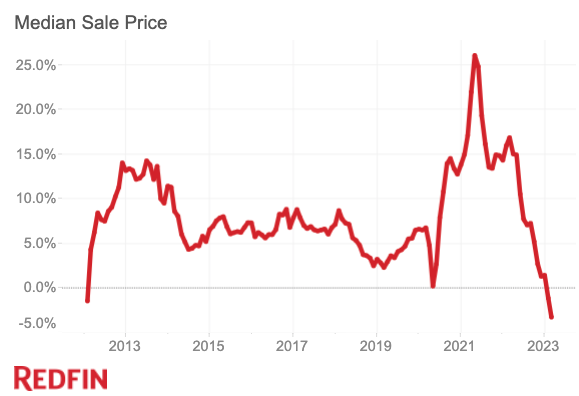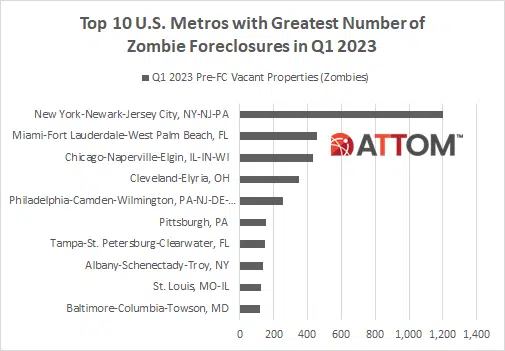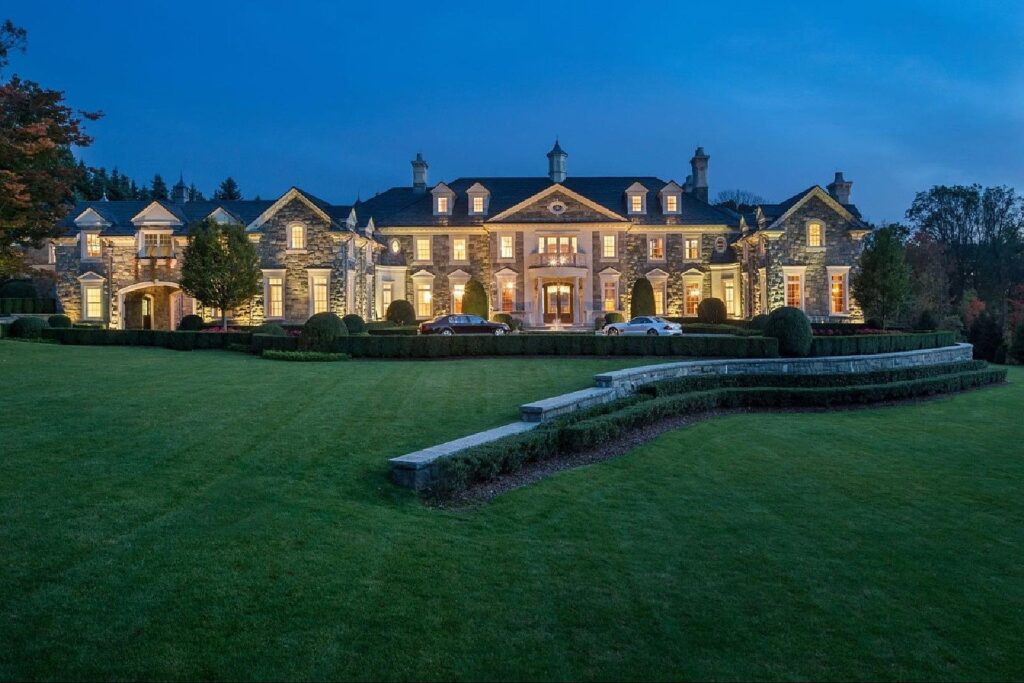From the APP:
NJ jobs shrinking? Employers still hiring? Making sense out of economic crystal ball
New Jersey lost 2,600 jobs in March and its unemployment rate remained steady at 3.5%, the state Department of Labor and Workforce Development said Thursday, in a sign that the Garden State’s torrid job growth could be slowing down.
Even as some employers put on the brakes, however, others continue to expand in the state, showing that the picture of a post-pandemic economy remains mixed.
“We’re super bullish,” said Jeff Van Wie, general manager of Slalom, a Seattle-based consulting company that opened an office in New Brunswick on Wednesday with 200 employees. “The amount of opportunity we see with the clients that are here, we feel — for us — the business is going to keep growing.”
The monthly jobs report is from a survey of New Jersey employers that measures the number of jobs and a survey of households that measures the unemployment rate. It is a preliminary look that will be revised next month and again next year.
The March report was a snapshot from a month that saw two regional banks failand the Federal Reserve Board raise interest rates for the ninth time in a year. The Fed is trying to slow down the economy and rein in inflation.
In March, the leisure and hospitality industry continued its comeback from the pandemic by adding 2,100 jobs. Trade, transportation and utilities, and the information sector added 400 jobs each.
Professional and business services, which includes technology jobs, lost 3,500 jobs last month.
From NJBIZ:
Mixed March labor report shows jobs count dip, participation rate rise
The state Department of Labor and Workforce Development released its March jobs report April 20, showing a mix of some positive and lackluster figures.
On the positive side, New Jersey’s labor force participation rate increased to 64.8%, its highest level since July 2013. The unemployment rate remained unchanged at 3.5%, which matches the national rate.
“The numbers on the state’s labor force, employment of residents, and unemployment were good,” said Charles Steindel, former chief economist of the State of New Jersey, who analyzed the report for the Garden State Initiative (GSI). “The state’s labor force rose 18,300 in March, marking the third straight month with an increase of more than 10,000. The 64.8% labor force participation rate was higher than the pre-pandemic cyclical peak of 64.5%. Resident employment rose 16,500; over the last year it has increased by more than 130,000.”
On the flipside, there was a 2,600 jobs decline in March. And, revised February figures showed a drop of 3,100 jobs instead of the previously estimated 4,600 jobs gained.




